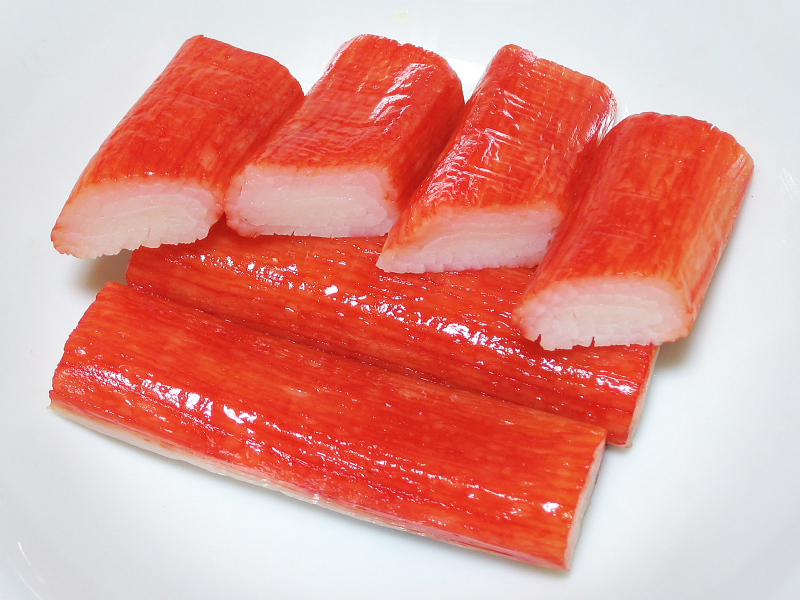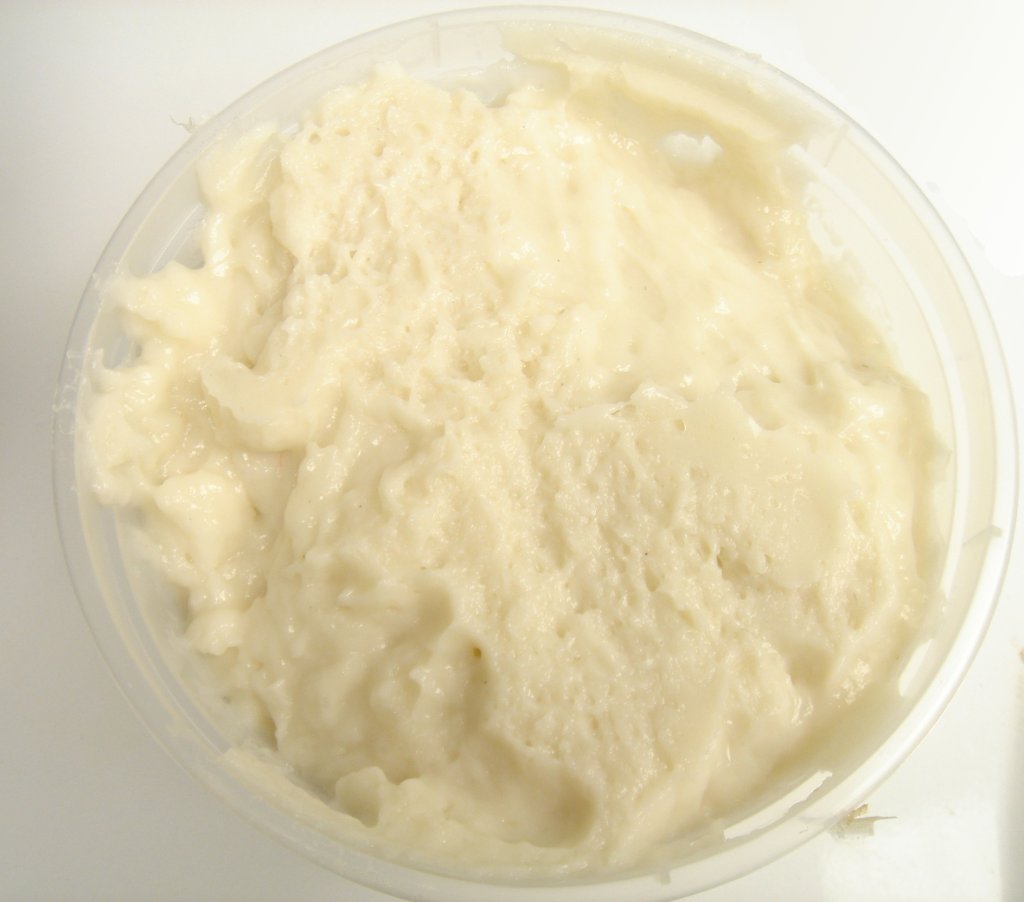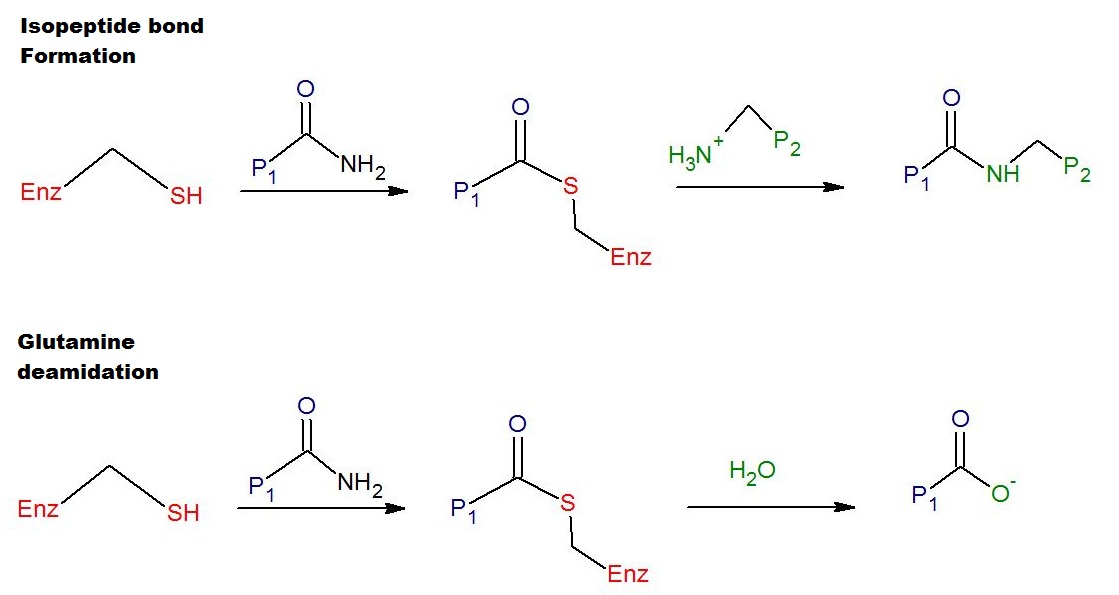|
Crab Stick
Crab sticks, krab sticks, imitation crab (meat), or seafood sticks (originally known as ''kanikama'' in Japan) are a type of seafood made of starch and finely pulverized white fish ('' surimi'') that has been shaped and cured to resemble the leg meat of snow crab or Japanese spider crab. It is a product that uses fish meat to imitate shellfish meat. History of Japan first produced and patented imitation crab meat in 1974, as Kanikama. This was a flake type. In 1975, Osaki Suisan Co., Ltd., of Japan first produced and patented imitation crab sticks. In 1977, The Berelson Company of San Francisco, California, US, working with Sugiyo, introduced them internationally. Kanikama is still their common name in Japan, but internationally they are marketed under names including Krab Sticks, Ocean Sticks, Sea Legs and Imitation Crab Sticks. Legal restrictions now prevent them from being marketed as "Crab Sticks" in many places, as they usually do not have crab meat. Most crab sticks ... [...More Info...] [...Related Items...] OR: [Wikipedia] [Google] [Baidu] |
Surimi
is a paste made from Fish as food, fish or other meat. The term can also refer to a number of East Asian cuisine, East Asian foods that use that paste as their primary ingredient. It is available in many shapes, forms, and textures, and is often used to mimic the texture and color of the meat of lobster, crab, grilled Japanese eel or shellfish. The most common surimi product in the Western market is Crab stick, imitation crab meat. Such a product often is sold as ''krab,'' ''imitation crab'' and ''mock crab'' in the United States, and as ''seafood sticks'', ''crab sticks'', ''fish sticks'', ''seafood highlighter'' or ''seafood extender'' in Commonwealth of Nations, Commonwealth nations. In Britain, the product is sometimes known as ''seafood sticks'' to avoid breaking Trading Standards rules on false advertising. History Fish pastes have been a popular food in East Asia. In China, the food is used to make fish balls (魚蛋/魚丸) and ingredients in a thick soup known as "Geng ... [...More Info...] [...Related Items...] OR: [Wikipedia] [Google] [Baidu] |
Albumen
Egg white is the clear liquid (also called the albumen or the glair/glaire) contained within an egg. In chickens it is formed from the layers of secretions of the anterior section of the hen's oviduct during the passage of the egg. It forms around fertilized or unfertilized egg yolks. The primary natural purpose of egg white is to protect the yolk and provide additional nutrition for the growth of the embryo (when fertilized). Egg white consists primarily of about 90% water into which about 10% proteins (including albumins, mucoproteins, and globulins) are dissolved. Unlike the yolk, which is high in lipids (fats), egg white contains almost no fat, and carbohydrate content is less than 1%. Egg whites contain about 56% of the protein in the egg. Egg white has many uses in food (e.g. meringue, mousse) as well as many other uses (e.g. in the preparation of vaccines such as those for influenza). Composition Egg white makes up around two-thirds of a chicken egg by weight. Water co ... [...More Info...] [...Related Items...] OR: [Wikipedia] [Google] [Baidu] |
Japanese Cuisine
Japanese cuisine encompasses the regional and traditional foods of Japan, which have developed through centuries of political, economic, and social changes. The traditional cuisine of Japan (Japanese: ) is based on rice with miso soup and other dishes; there is an emphasis on seasonal ingredients. Side dishes often consist of fish, pickled vegetables, and vegetables cooked in broth. Seafood is common, often grilled, but also served raw as sashimi or in sushi. Seafood and vegetables are also deep-fried in a light batter, as '. Apart from rice, a staple includes noodles, such as soba and udon. Japan also has many simmered dishes, such as fish products in broth called , or beef in and . Historically influenced by Chinese cuisine, Japanese cuisine has also opened up to influence from Western cuisines in the modern era. Dishes inspired by foreign food—in particular Chinese food—like ramen and , as well as foods like spaghetti, curry and hamburgers, have been adapted to Japanes ... [...More Info...] [...Related Items...] OR: [Wikipedia] [Google] [Baidu] |
Surimi
is a paste made from Fish as food, fish or other meat. The term can also refer to a number of East Asian cuisine, East Asian foods that use that paste as their primary ingredient. It is available in many shapes, forms, and textures, and is often used to mimic the texture and color of the meat of lobster, crab, grilled Japanese eel or shellfish. The most common surimi product in the Western market is Crab stick, imitation crab meat. Such a product often is sold as ''krab,'' ''imitation crab'' and ''mock crab'' in the United States, and as ''seafood sticks'', ''crab sticks'', ''fish sticks'', ''seafood highlighter'' or ''seafood extender'' in Commonwealth of Nations, Commonwealth nations. In Britain, the product is sometimes known as ''seafood sticks'' to avoid breaking Trading Standards rules on false advertising. History Fish pastes have been a popular food in East Asia. In China, the food is used to make fish balls (魚蛋/魚丸) and ingredients in a thick soup known as "Geng ... [...More Info...] [...Related Items...] OR: [Wikipedia] [Google] [Baidu] |
Kamaboko
is a type of cured , a processed seafood product common in Japanese cuisine. is made by forming various pureed deboned white fish with either natural or man-made additives and flavorings into distinctive loaves, which are then steamed until fully cooked and firm. These are sliced and either served unheated (or chilled) with various dipping sauces, or added to various hot soups, rice, or noodle dishes. is often sold in semicylindrical loaves, some featuring artistic patterns, such as the pink spiral on each slice of , named after the well-known tidal whirlpool near the Japanese city of Naruto. There is no precise English translation for . Rough equivalents are ''fish paste'', ''fish loaf'', ''fish cake'', and ''fish sausage''. , chef and author, recommends using the Japanese name in English, similar to English usage of the word ''sushi''. The Ashkenazi Jewish dish gefilte fish has some similarity.Mouritsen, Ole (2017). ''Mouthfeel: How Texture Makes Taste''. Columbia Un ... [...More Info...] [...Related Items...] OR: [Wikipedia] [Google] [Baidu] |
Fish Ball
Fish balls are rounded meat balls made from fish paste which are then boiled or deep fried. Similar in composition to fishcake, fish balls are often made from fish mince or surimi, salt, and a culinary binder such as tapioca flour, corn, or potato starch. Fish balls are popular in East and Southeast Asia, where they are eaten as a snack or added to soups or hotpot dishes. They are usually attributed to Chinese cuisine and the fish ball industry is largely operated by people of Chinese descent. European versions tend to be less processed, sometimes using milk or potatoes for binding. Nordic countries also have their own variation. Production There are two variants of fish balls, each differing in its textures, production method, and primary regions of production: Asia While the ingredients and methods are similar between countries, differences can be noted in terms of elasticity, colour, and flavour. Fish balls in Hong Kong and the Philippines can be more firm, darker, ... [...More Info...] [...Related Items...] OR: [Wikipedia] [Google] [Baidu] |
Makizushi
is a Japanese dish of prepared , usually with some sugar and salt, accompanied by a variety of , such as seafood, often raw, and vegetables. Styles of sushi and its presentation vary widely, but the one key ingredient is "sushi rice," also referred to as , or . The inventor of modern sushi is believed to be Hanaya Yohei, who invented nigiri-zushi, a type of sushi most known today, in which seafood is placed on hand-pressed vinegared rice, around 1824 in the Edo period (1603–1867). It was the fast food of the '' chōnin'' class in the Edo period. Sushi is traditionally made with medium-grain white rice, though it can be prepared with brown rice or short-grain rice. It is very often prepared with seafood, such as squid, eel, yellowtail, salmon, tuna or imitation crab meat. Many types of sushi are vegetarian. It is often served with , wasabi, and soy sauce. Daikon radish or are popular garnishes for the dish. Sushi is sometimes confused with sashimi, a similar dish ... [...More Info...] [...Related Items...] OR: [Wikipedia] [Google] [Baidu] |
California Roll
) or California maki is an ''uramaki'' (inside out ''makizushi'' roll) containing cucumber, crab or imitation crab, and avocado. Sometimes crab salad is substituted for the crab stick, and often the outer layer of rice in an inside-out roll (''uramaki'') is sprinkled with toasted sesame seeds or roe such as ''tobiko'' from flying fish. As one of the most popular styles of sushi in Canada and the United States, the California roll has been influential in sushi's global popularity, and in inspiring sushi chefs around the world to create non-traditional fusion cuisine. Ingredients The main wrapped ingredients are the avocado and crab meat, or imitation crab (surimi crab), and the optional mayonnaise; these are all typically wrapped with seaweed, although soy paper can be used. The cucumber may have been used since the beginning, or added later, depending on the account. The inside-out roll may be sprinkled on the outside with sesame seeds, although ''tobiko'' (flying fish roe), ... [...More Info...] [...Related Items...] OR: [Wikipedia] [Google] [Baidu] |
Transglutaminase
Transglutaminases are enzymes that in nature primarily catalyze the formation of an isopeptide bond between γ-carboxamide groups ( -(C=O)NH2 ) of glutamine residue side chains and the ε-amino groups ( -NH2 ) of lysine residue side chains with subsequent release of ammonia ( NH3 ). Lysine and glutamine residues must be bound to a peptide or a protein so that this cross-linking (between separate molecules) or intramolecular (within the same molecule) reaction can happen. Bonds formed by transglutaminase exhibit high resistance to proteolytic degradation (proteolysis). The reaction is :Glutamine, Gln-(C=O)NH2 + Lysine, NH2-Lys → Gln-(C=O)NH-Lys + NH3 Transglutaminases can also join a primary amine ( RNH2 ) to the side chain carboxyamide group of a protein/peptide bound glutamine residue thus forming an isopeptide bond :Gln-(C=O)NH2 + RNH2 → Gln-(C=O)NHR + NH3 These enzymes can also Deamidation, deamidate glutamine residues to glutamic acid residues ... [...More Info...] [...Related Items...] OR: [Wikipedia] [Google] [Baidu] |
North Pacific
The Pacific Ocean is the largest and deepest of Earth's five oceanic divisions. It extends from the Arctic Ocean in the north to the Southern Ocean (or, depending on definition, to Antarctica) in the south, and is bounded by the continents of Asia and Oceania in the west and the Americas in the east. At in area (as defined with a southern Antarctic border), this largest division of the World Ocean—and, in turn, the hydrosphere—covers about 46% of Earth's water surface and about 32% of its total surface area, larger than Earth's entire land area combined .Pacific Ocean . '' Britannica Concise.'' 2008: Encyclopædia Britannica, Inc. The centers of both the |
Whitefish (fisheries Term)
Whitefish or white fish is a fisheries term for several species of demersal fish with fins, particularly Atlantic cod (''Gadus morhua''), whiting (''Merluccius bilinearis''), haddock (''Melanogrammus aeglefinus''), hake (''Urophycis''), pollock (''Pollachius''), and others. Whitefish ( Coregonidae) is also the name of several species of Atlantic freshwater fish. Whitefish live on or near the seafloor, and can be contrasted with the oily or pelagic fish which live away from the seafloor. Whitefish do not have much oil in their tissue, and have flakier white or light-coloured flesh. Most of the oil found in their bodies is concentrated in the organs, e.g. cod liver oil. Whitefish can be divided into benthopelagic fish (round fish which live ''near'' the sea bed, such as cod and coley) and benthic fish (which live ''on'' the sea bed, such as flatfish like plaice). Whitefish is sometimes eaten straight but is often used reconstituted for fishsticks, gefilte fish, lutefisk, surimi ... [...More Info...] [...Related Items...] OR: [Wikipedia] [Google] [Baidu] |
Alaska Pollock
The Alaska pollock or walleye pollock (''Gadus chalcogrammus'') is a marine fish species of the cod genus ''Gadus'' and family Gadidae. It is a semi-pelagic Shoaling and schooling, schooling fish widely distributed in the North Pacific Ocean, North Pacific, with largest concentrations found in the eastern Bering Sea. Name and differentiation Alaska pollock was long put in its own genus, ''Theragra'', and classified as ''Theragra chalcogramma'', but research in 2008 has shown it is rather closely related to the Atlantic cod and should therefore be moved back to ''Gadus'', where it was originally placed. In 2014, the U.S. Food and Drug Administration announced that the official scientific name for the fish was changed from ''Theragra chalcogramma'' back to its original taxon ''Gadus chalcogrammus'', highlighting its close genetic relationship to the other species of the cod genus ''Gadus''. Since 2014, registries of scientific names for fish species (e.g. the United Nations’ ASF ... [...More Info...] [...Related Items...] OR: [Wikipedia] [Google] [Baidu] |







.jpg)

